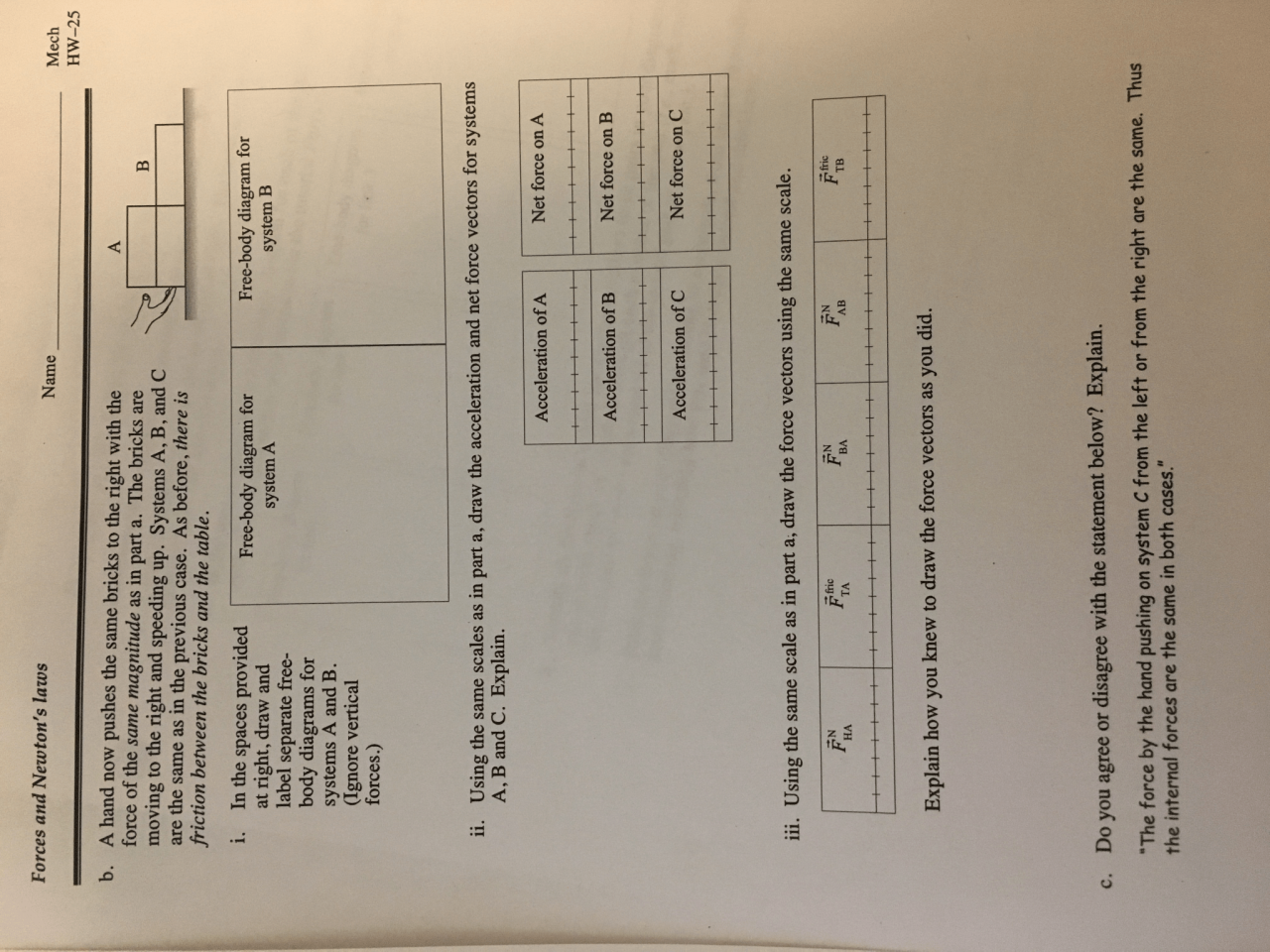In a hand pushes three identical bricks, we delve into the physical characteristics, motion, and potential meanings behind this intriguing scene. This exploration unveils the interplay of forces, energy, and the human hand’s interaction with inanimate objects.
The subsequent paragraphs provide a detailed examination of the brick’s appearance, the hand’s grip, and the dynamics of the pushing motion. We explore the momentum and energy transfer involved, as well as the possible intentions or symbolism associated with this action.
1. Physical Description

The three bricks are identical in size and shape, each measuring 20 cm in length, 10 cm in width, and 5 cm in height. They are rectangular with sharp edges and smooth surfaces. The bricks are arranged in a horizontal row, side by side, with their long sides parallel to each other.
The hand grips the top surface of the middle brick, with the fingers curled around its sides and the thumb resting on its upper edge.
2. Movement and Dynamics

The hand exerts a forward force on the middle brick, causing it to move in the same direction. The force is applied gradually, increasing in intensity until the brick begins to slide forward. As the middle brick moves, it collides with the brick in front of it, transferring some of its momentum.
This causes the front brick to move forward as well. The third brick, which is behind the middle brick, remains stationary due to the friction between its bottom surface and the supporting surface.
3. Implied Context
The action of pushing the bricks suggests that the person performing the action is attempting to move them from one location to another. The force applied to the bricks is controlled and deliberate, indicating that the person has a specific purpose or intention in mind.
The movement of the bricks could be part of a larger task, such as building a structure or clearing a space.
4. Visual Representation: A Hand Pushes Three Identical Bricks

| Perspective | Description |
|---|---|
| Top view | The hand is positioned above the middle brick, with the fingers spread apart and the thumb resting on the brick’s upper edge. The bricks are arranged in a horizontal row, side by side. |
| Side view | The hand is seen from the side, gripping the top surface of the middle brick. The bricks are stacked vertically, with the middle brick in the center. |
| Isometric view | The hand and bricks are shown in a three-dimensional perspective, with the hand pushing the middle brick forward. The bricks are arranged in a staggered pattern, with the middle brick slightly ahead of the others. |
Helpful Answers
What is the significance of the number of bricks?
The number of bricks (three) may suggest stability, balance, or a sense of completion.
How does the hand’s grip affect the motion of the bricks?
The hand’s grip determines the force and direction applied to the bricks, influencing their trajectory and momentum.
What are the potential implications of the implied context?
The implied context could hint at a task being performed, a symbolic gesture, or an emotional expression.

